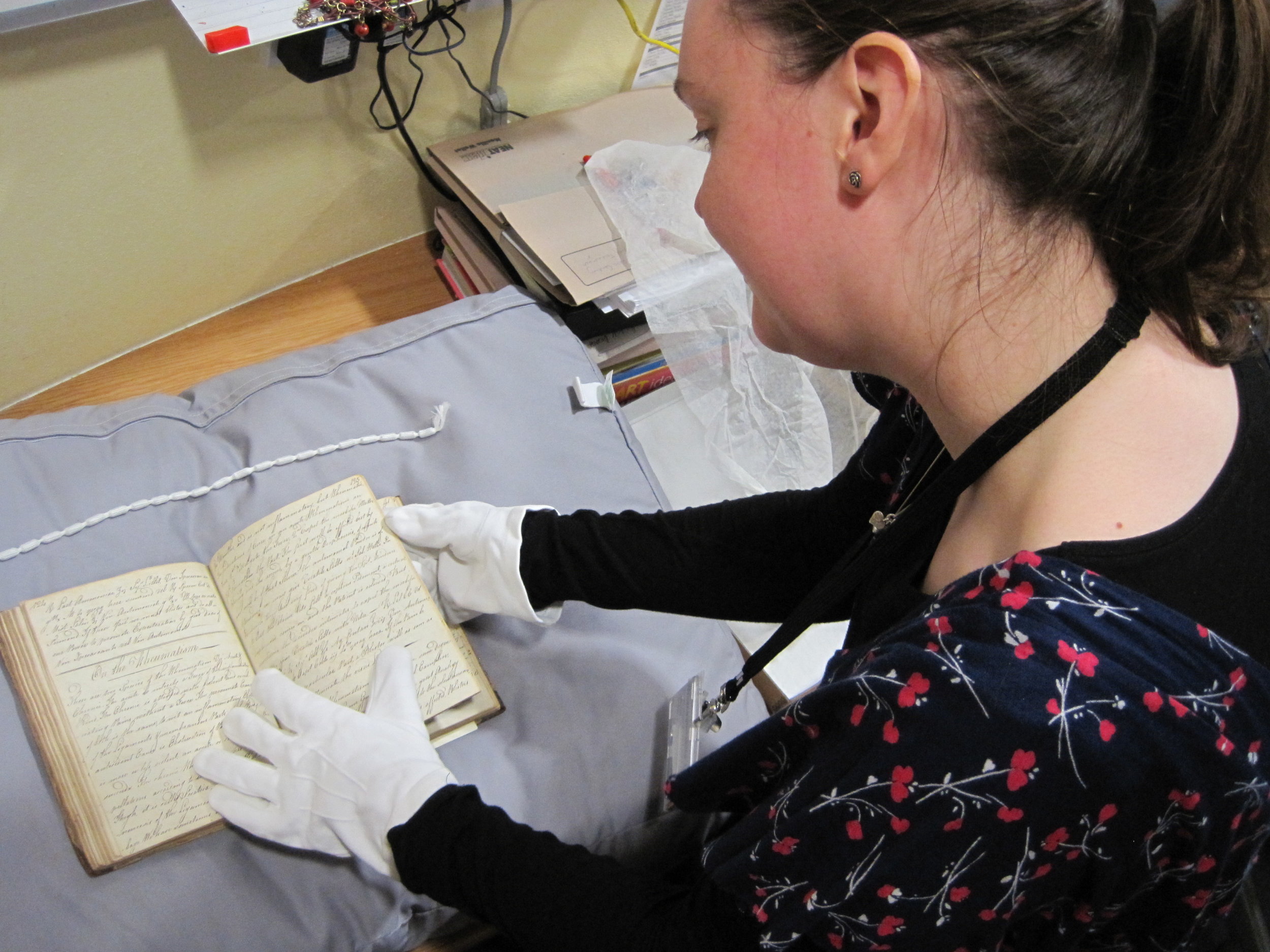On 11th November 1918, the day that church bells were rung across the nation in celebration of the end of War, countless families were nursing their relatives or mourning the loss of those close to them, having caught the dreaded Spanish ‘flu. No-one was safe from the Influenza Pandemic. It reared its head in the Spring of 1918, with outbreaks coming in waves. It swept the globe claiming around 25 million lives in under 12 months - more people than were killed fighting in the War.
In the closing months of War, Private John Sydney Cull of Badsey, near Evesham, was serving in the Worcester Yeomanry in Mesopotamia. He had written a letter to his family on 9th October informing them of fatal incidences of the ‘flu in his battalion – fortunately, he told them, he was in the best of health. On 11th November his family should have been celebrating news of his homecoming, but instead they received a letter notifying them of his death – from Spanish ‘Flu. He died aged 27.
While media attention and history books have focused on the victorious end to the War, the tragedy of the Spanish ‘Flu has been wiped from our collective memory. The George Marshall Medical Museum is hosting a touring exhibition of the Florence Nightingale Museum's Influenza Pandemic Exhibition during 2019. Laura Mainwaring, our British Society for the History of Science Engagement Fellow, is working to add local content to the exhibition to inform and engage the local community on one of the deadliest pandemics in human history.
Have any stories been passed down to you about relatives that were affected by the ‘flu pandemic of 1918/1919? We are looking for diaries, letters, recipe books, or anecdotes from relatives, focusing on the Worcestershire area.
It would be great to hear your story. Email lm357@le.ac.uk or tel. 01905 760738.

